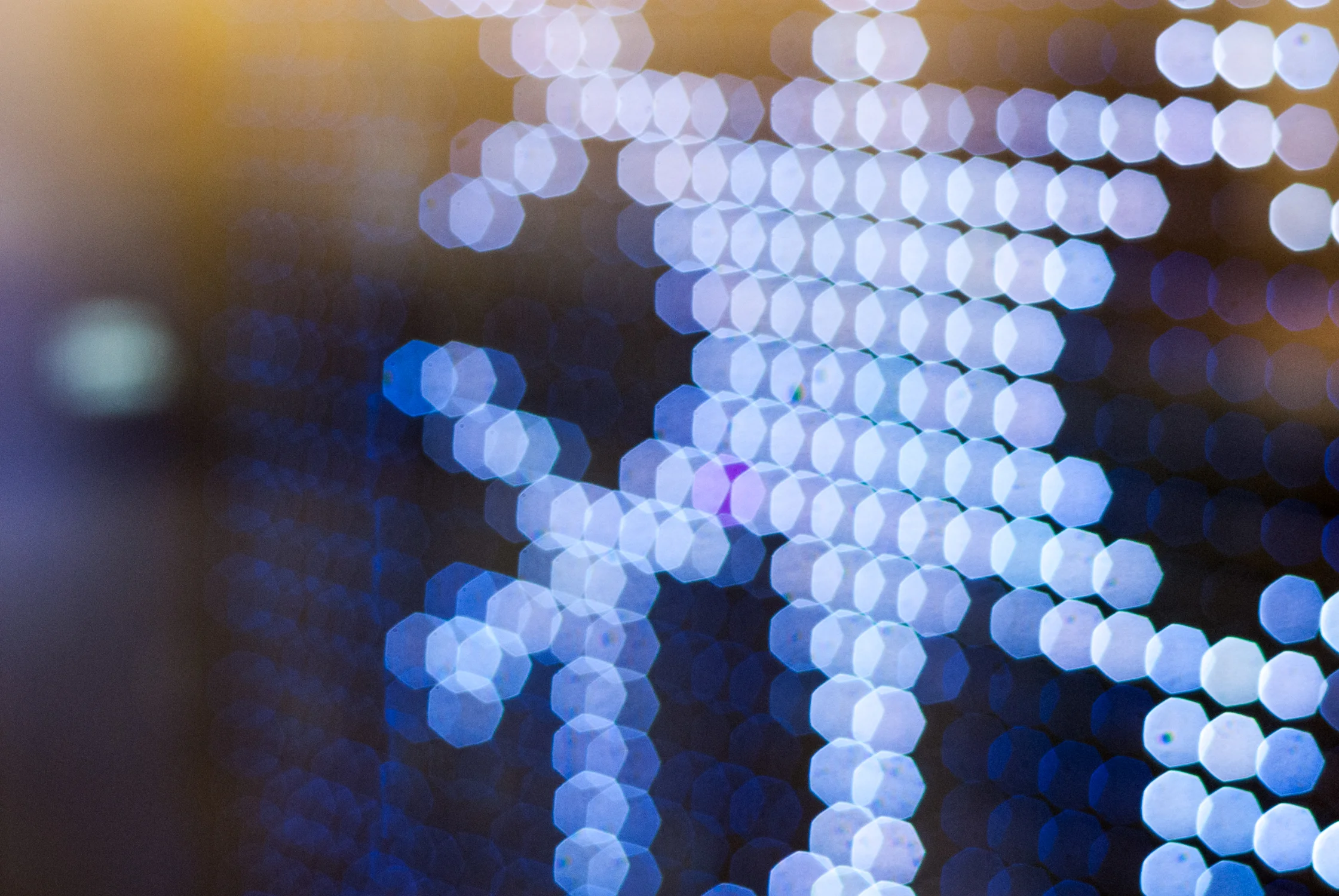as far as the eye can't see
One of the things I love about point-and-shoot cameras (gasp!) is the ease/accessibility of macro photography you get with them. Most (half-decent) point-and-shoot cameras I can remember having have at least had some slight "macro" mode and, while you have to be about half a centimeter away from your subject when using it, it's a heck of a lot of fun to play around with.
I mention this because macro photography was one of the first things that really hooked me with photography. There's so much going on and to be seen at the macro level that we never really think about. The world's a beautiful place, even when examined all the way down to the tiny details.
As you might well know, I'm very fond of exploring the unseen and the over-looked in the world, and so it only makes sense that all this captivates me so much.
I find it funny how that despite how often we think of cameras as this tool that can specifically "capture" something we saw, they often function on a very different level than our eyes. Cameras can do many things our eyes can't, and vice versa. It's fascinating, and it doesn't just stop at macro photography: slow shutters, fast shutters, wide lenses, double exposures, bokeh -- and I could go on and on -- all can be used in some way or another to create an effect beyond our normal vision.
... and that's what brings us here. I love exploring how cameras can capture the world in ways we don't typically see it, and below is a set of photos that show just that.
Enjoy.







